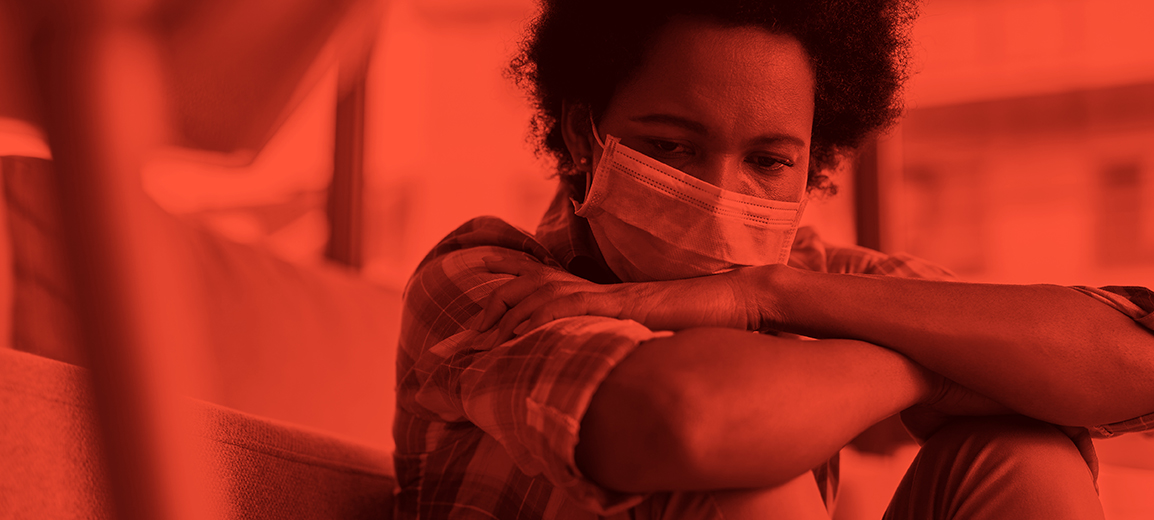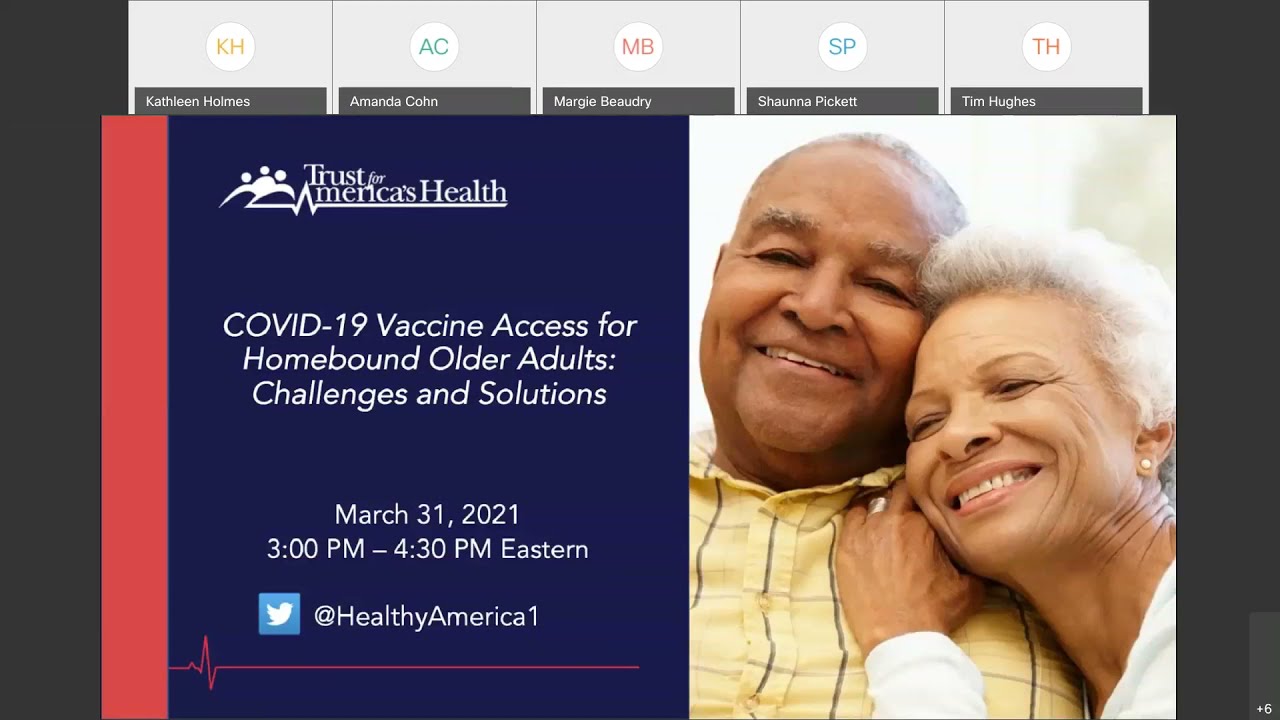Decision strengthens the nation’s healthcare system, protects healthcare access for 31 million Americans and will help address health disparities
(Washington, DC — June 17, 2021) – Trust for America’s Health applauds today’s Supreme Court’s decision in California v. Texas for the ways in which it protects healthcare access for 31 million Americans and will help address the nation’s health disparities.
“Access to affordable healthcare is fundamental to individual health. It is also fundamental to achieving health equity. While as a nation we still have a lot of work to do to achieve good health for every individual, today’s court decision keeps us moving in the right direction – it will save lives,” says John Auerbach, President and CEO of Trust for America’s Health.
According to the U.S. Department of Health and Human Services, 31 million people have gained health insurance through the Affordable Care Act (ACA) including many who lost employment and health coverage during the COVID-19 pandemic.[i] Since the ACA, rates of people without health insurance have decreased in every state, with states that expanded Medicaid experiencing the largest reductions.[ii]
The ACA is transformative legislation in at least three ways: the number of Americans who can now access medical care when they are ill or to deal with chronic conditions (78 percent of U.S. adults 55 and older have at least one chronic condition);[iii] the illness it prevented as millions of Americans gained access to preventive care and screenings and other life-saving services previously inaccessible to them;[iv] and the ways in which it resulted in improved access to healthcare for people of color, reducing – although not eliminating – longstanding healthcare access disparities.
Prior to the ACA, non-Hispanic Black Americans were 70 percent more likely to be uninsured than were whites and the uninsured rate for Hispanics was nearly three times the uninsured rate for whites.[v] Once the ACA was in place, Hispanics had the largest decrease in uninsurance rates, falling from 32.6 percent to 19.1 percent between 2010 and 2016. Uninsurance rates also fell for Asian and Black Americans by 8 percent during the same period.[vi]
Medicaid expansion states experienced significant coverage gains and reductions in uninsured rates among the low-income population broadly and within specific vulnerable populations.[vii] According to the Center on Budget and Policy Priorities, expanding Medicaid coverage to low-income adults led to significant benefits to those individuals and families including improved access to care, improved health outcomes and increased financial stability – including a reduction in medical debt per person gaining coverage via the expansion.[viii] A study by the National Bureau of Economic Research found states that expanded Medicaid had an estimated 19,200 fewer adult deaths (ages 55 to 64) between 2014 and 2017 than did states that did not expand Medicaid.[ix]
The decision also has major implications for public health by protecting over $16 billion in funding over the next 10 years (FY 2022-FY 2031) for the Centers for Disease Control and Prevention (CDC) and other public health agencies. The Prevention and Public Health Fund, a dedicated funding stream created by the ACA and specifically designated for public health and prevention, funds approximately 11 percent of the CDC’s budget. These funds are put to work in every state to expand immunizations, prevent suicide, modernize laboratory and epidemiology services to detect and contain disease outbreaks, prevent childhood lead poisoning, and help smokers quit.
Also preserved are the requirement that insurers not refuse coverage due to preexisting conditions, the provision disallowing annual or lifetime limits on essential care, and the requirement that insurers cover recommended clinical preventive services without cost-sharing: all essential to Americans’ health.
# # #
[i] HHS, HHS Press Office. New HHS Data Show More Americans Than Ever Have Health Coverage Through the Affordable Care Act. June 5, 2021. New HHS Data Show More Americans than Ever Have Health Coverage through the Affordable Care Act | HHS.gov
[ii] ibid
[iii] CDC, National Center for Health Statistics. Percentage of U.S. Adults over 55 with Chronic Conditions. https://www.cdc.gov/nchs/health_policy/adult_chronic_conditions.htm
[iv] Garfield R, Orgera K, Damico A. The uninsured and the ACA: a primer—key facts about health insurance and the uninsured amidst changes to the Affordable Care Act [Internet]. San Francisco (CA): Henry J. Kaiser Family Foundation; 2019 Jan 25. https://www.kff.org/uninsured/report/the-uninsured-and-the-aca-a-primer-key-facts-about-health-insurance-and-the-uninsured-amidst-changes-to-the-affordable-care-act/ Google Scholar
[v] Buchmueller TC, Levinson ZM, Levy HG, Wolfe BL. Effect of the Affordable Care Act on racial and ethnic disparities in health insurance coverage. Am J Public Health. 2016;106(8):1416–21
[vi] Garfield R, Orgera K, Damico A. The uninsured and the ACA: a primer—key facts about health insurance and the uninsured amidst changes to the Affordable Care Act [Internet]. San Francisco (CA): Henry J. Kaiser Family Foundation; 2019 Jan 25. https://www.kff.org/uninsured/report/the-uninsured-and-the-aca-a-primer-key-facts-about-health-insurance-and-the-uninsured-amidst-changes-to-the-affordable-care-act/ Google Scholar
[vii] Madeline Guth, et al. The Effects of Medicaid Expansion Under the ACA: Updated Findings from a Literature Review. March 17, 2020.
[viii] Center on Budget and Policy Priorities. The Far-Reaching Benefits of the Affordable Care Act’s Medicaid Expansion. October 21, 2020. The Far-Reaching Benefits of the Affordable Care Act’s Medicaid Expansion | Center on Budget and Policy Priorities (cbpp.org)
[ix] Madeline Guth, et al. The Effects of Medicaid Expansion Under the ACA: Updated Findings from a Literature Review. March 17, 2020.


